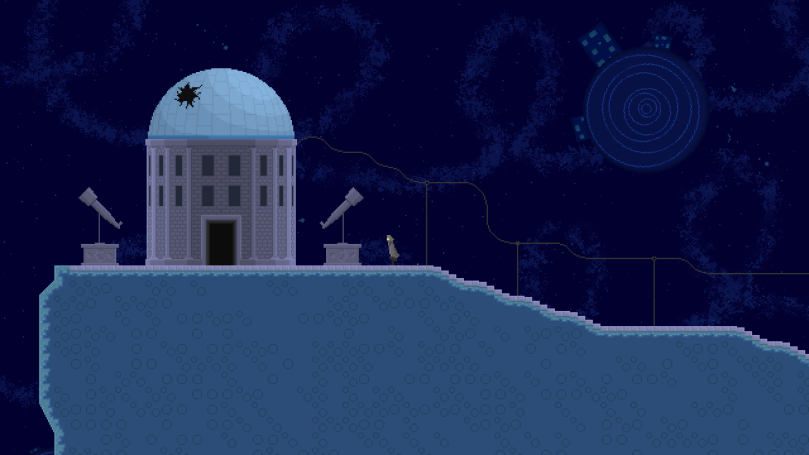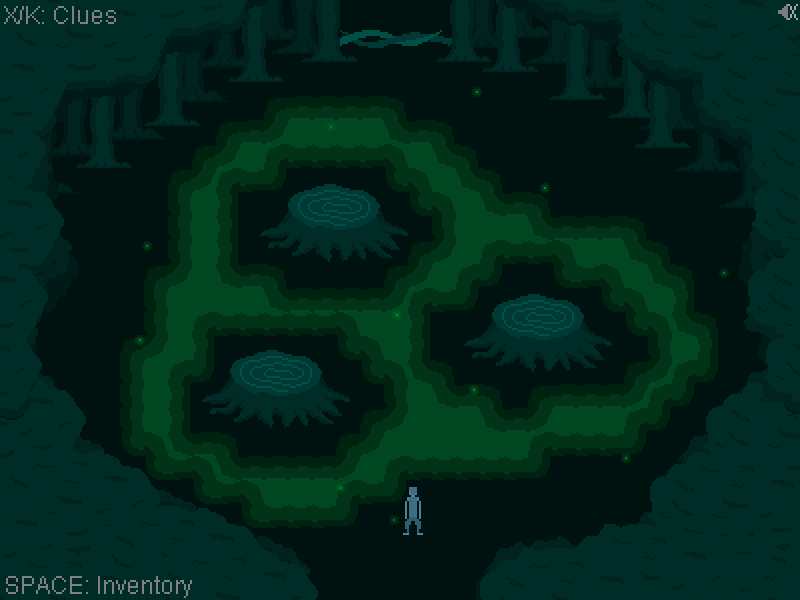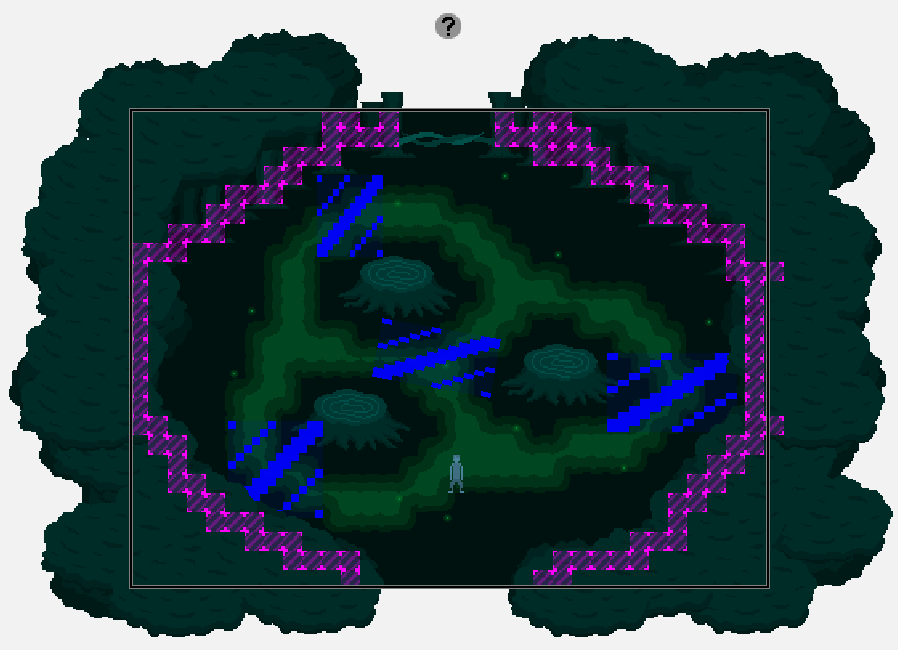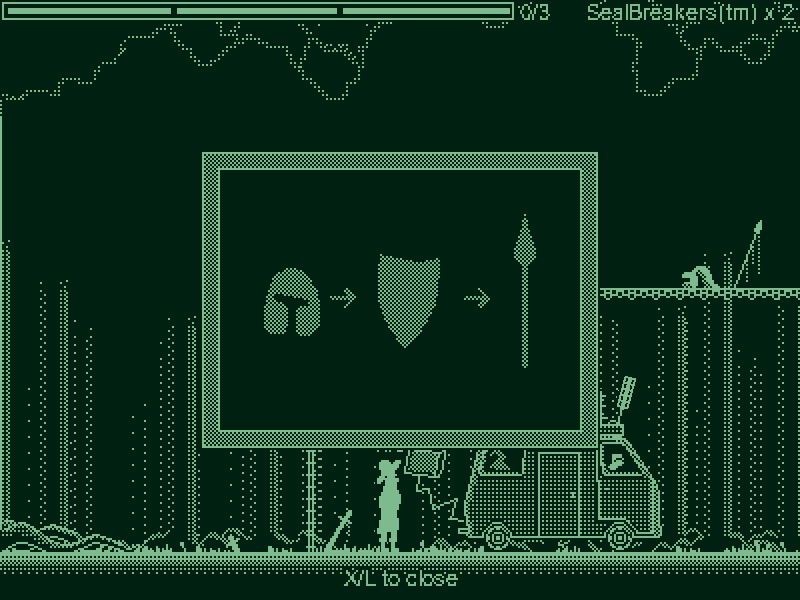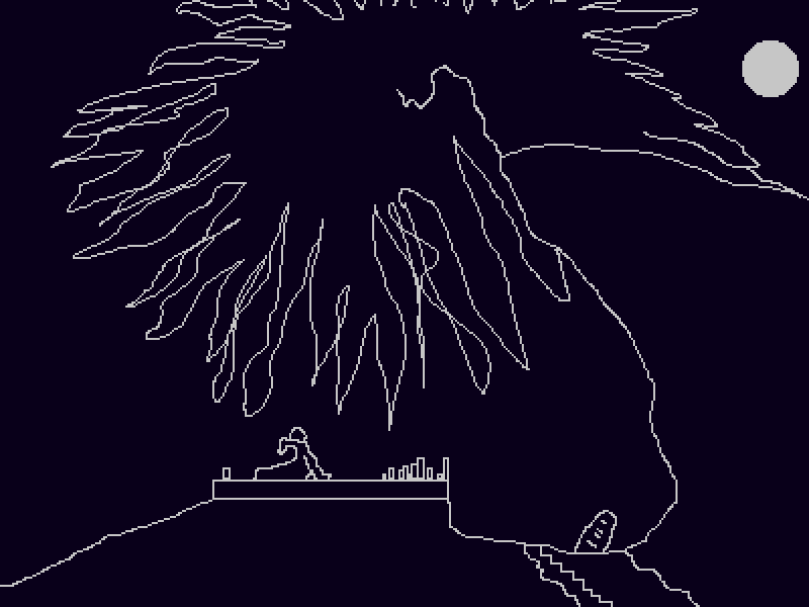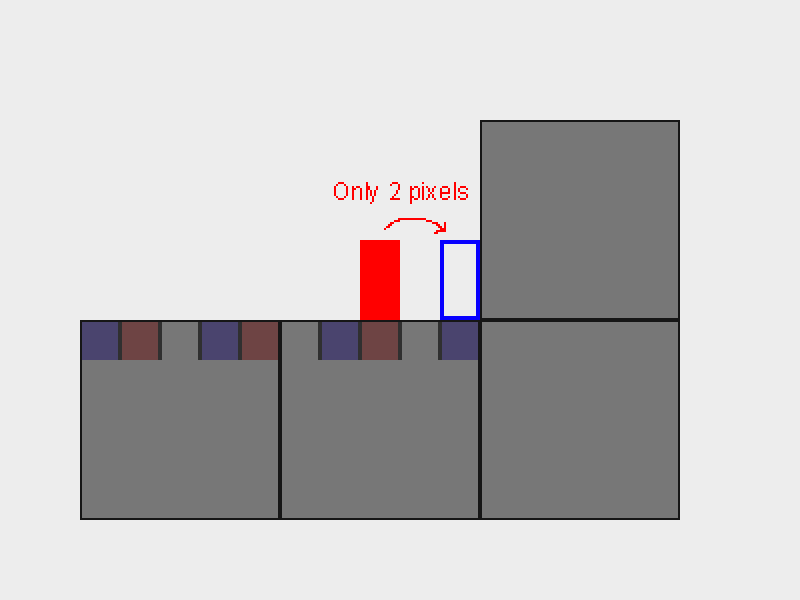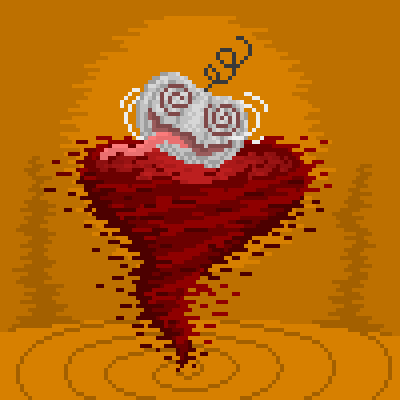As of writing this I’ve delved back into Project Amidst and don’t intend to stop for at least a while (give or take one period of time). As you may know, the elusive Project Amidst (working title) will be the sequel to Amidst the Sky, which in turn is still one of my largest games. But Amidst the Sky wasn’t always Amidst the Sky. The game is actually a redo of a way worse, but very similar game I made years before it. This post reveals all about the predecessor that failed and some lessons one could in theory learn from the whole experience. But first, a word from our sponsor!
There’s no sponsor, why would there be.
Past the Sky
It’s the spring of 2016, the weather is gorgeous; the sun is shining and it’s getting warmer rapidly. My least favourite time of the year was about to begin: when the sun shines on my monitor and when the temperatures are unpleasantly high in a country where aiconditioners are very much not the standard. While I usually rather sat inside back then, I will admit the season inspired aspects of a game that I was about to make. The initial idea was to just make a game without thinking too much about it beforehand. Just make anything. In a way, put whatever’s in my mind directly into something playable; something that I’d like to make and play the most. This quickly turned into a project where the player swims through clouds and explores mysterious ruins on floating islands, all immersed in the vibe of the current season. The game was to be called Past the Sky: the player would, after exploring through it for a while, finally surpass the sky and go into the undefined beyond.

A Finished Product
Development begun and I started working really hard on, by far, my largest GameMaker project at the time. Ambitions were high as well, as I hoped the game would garner some attention. Creating the levels was a lot of fun and designing the world was very engrossing. Development was lots of work, but very satisfying, and after a while the game was actually finished. Surprising, as this was not the first project I ever started. There was no way around it anymore; the most stressfull and scariest part of game making had to happen: RELEASE.
At the time, while webgames were already in decline, there were still some big portals which were obvious candidates to contact first. I decided to send Armor Games a mail with a link to the game (hosted on Google Drive, which was a thing back then and also very handy) first and inquiring about possible sponsorships. Hopes were high. I was very confident in this game. However…

Initial feedback
Within a day I got a response from Tasselfoot: a true industry legend and contact person over at Armor Games. There was one minor issue though: they weren’t interested in the game, let alone a sponsorship (I told you, there’s no sponsor). A setback indeed, but still convinced my brand-new game was a banger, I headed on over to Kongregate (back when they were still cool) where it was released to the general public.
After a short while the average score of the game became visible. If I remember correctly, it was around 2 stars (out of 5). I might be wrong, but I vaguely remember it even dropping to 1.9. This was the very disctict moment where the undeniable reality hit: the game sucks. There was also exactly 1 comment, and I regret not screencapping it or something, as it contained some very valuable feedback: the game looks fun, but why was the character moving so awfully? Whoops. I had so much fun designing the game, that I never bothered to even consider it might not be fun to be playing the game. Indeed, nobody else but me had ever played Past the Sky prior to its release.

Lessons
That illustrates the importance of feedback quite well, especially with something as subjective as fun in video games, although I’ll admit this was a bit of an extreme case. When creating games, and indeed other creative media as well, you’ll constantly need some outside perspective. Yes, you, the developer might know how to play a certain level, or have fun doing some weird movement to beat a level “as intended”, but will the player understand this, and more importantly, have fun while doing this? Motivation and being laser-focused on your project is great and all, but one tends to enter tunnel-vision mode. So basically, constantly look for as much feedback as possible, that includes early on in your process. Keep an open mind for any and all criticism, some of it might be difficult to accept if you’re really fond of your game, but it’s just part of the process. Speaking of which…
Going from Past to Amidst
I needed some time to process the reactions to my game, but was still convinced parts of it were pretty good, namely the visuals, immersion, sound design, etc. I requested Kongregate to take down my game and decided that I’d come back to it later. “Later” turned out to be 3 years, in 2019, after finally releasing another one of my games that has some history behind it as well: Temple of the Four Serpents. Now that one was received remarkably well, so it was clearly time to finish the Past the Sky business. Having learned the hard lessons, its gameplay was completely redone and, perhaps more importantly, people played the dang thing. Which brings me to the following lessons…
Lessons 2: Electric Boogaloo
Always listen to feedback, but keep in mind that people are very different. You’ll still have to filter some criticism out that doesn’t make sense or are in a very clear minority. BUT don’t be too hasty to dismiss criticism, of course. Seriously consider a piece of feedback, and evaluate what to do with it. Sometimes someone might point out a clear issue, but their solution is not optimal. You, the one constantly working on your piece of entertainment, has to figure out the best way to solve it. I even have a concrete example of that!
Some feedback I got when letting early Amidst the Sky be playtested was that swimming through clouds was too difficult and floaty to control and that it should be changed. However, while watching them play, it seemed apparent that the game was just too abrupt with dropping the player into the whole cloud swimming and expecting too much from them too quickly; they hadn’t learned how to deal with all that yet. Instead of more gameplay tweaks, the first tutorial level (the first grey building with the clouds) got made a lot longer. This provided the player with way more of the dedicated safe area to learn cloud swimming. When I let the same person play the changed game, they noted that cloud swimming felt way better to control, however those controls were not changed. They just had a better grasp of how it worked thanks to the more extensive tutorial (and some prior experience of course).
Another advise: don’t just send your game to people and wait for feedback, but physically watch people play your game and take notes. That way, you can see how they experience it unfiltered. It can’t hurt to ask about their experience and possible feedback afterwards though.
The final chapter of this blog post
Anyway, the new game was to be called Amidst the Sky, because Past the Sky only refers to the very ending, while Amidst the Sky encompasses the game as a whole better in my opinion. It was released on Kongregate first, where the reception was very positive. Later, I once again showed it to Armor Games. This time, they really liked it.
Past the Sky is playable for all Patrons. I really don’t recommend it though.

